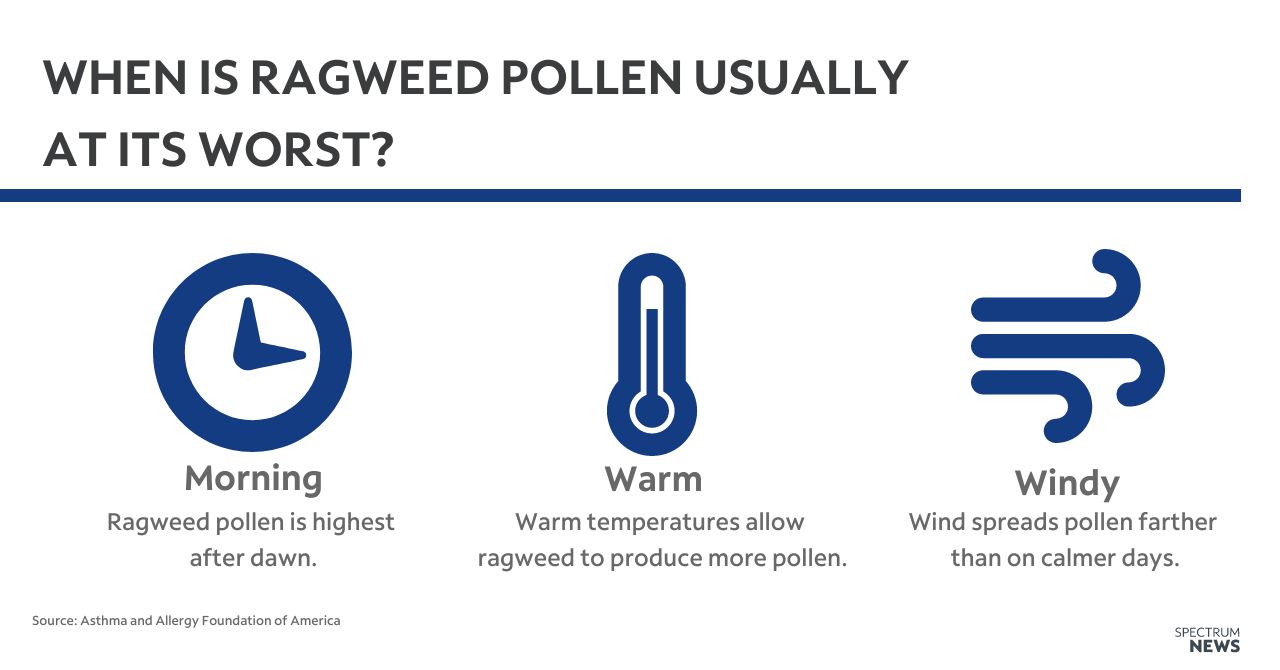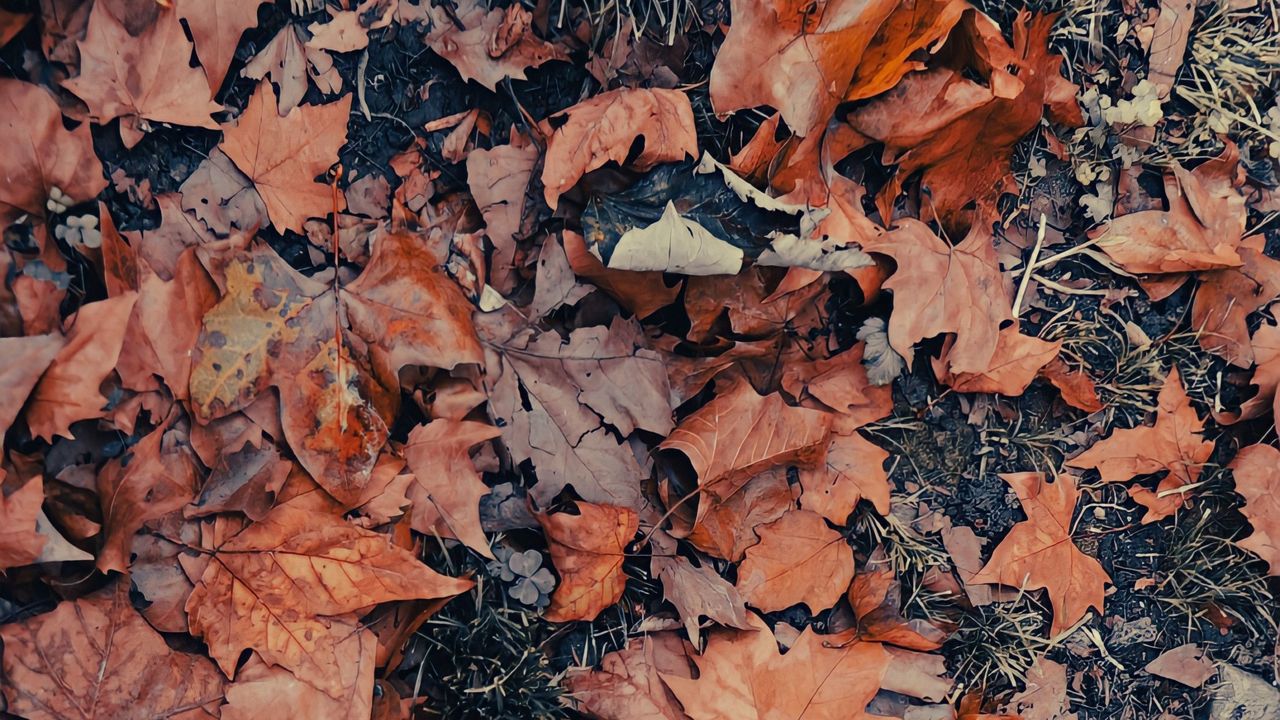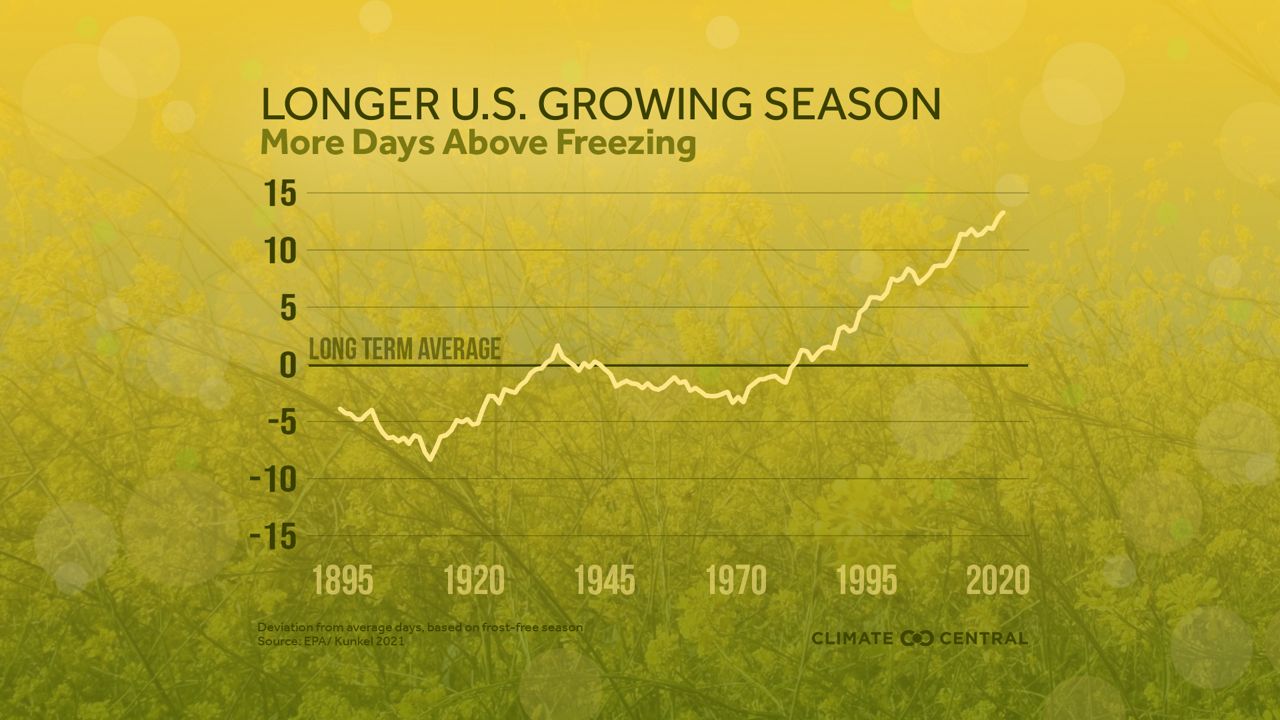Ragweed and mold make autumn a sneezing season for millions of people.
If you have a pollen allergy, it’s probably related to ragweed. The Asthma and Allergy Foundation of America (AAFA) says about 75% of people with pollen allergies can blame ragweed.
Ragweed grows in every state except Alaska, according to Hannah Jaffee, Research Analyst with AAFA, and is most common in the East and Midwest. It prefers growing in fields and vacant lots and along roads and riverbanks.
A single ragweed plant can produce up to a billion pollen grains, Jaffee says.
Pollen levels near the plants are highest after dawn. Warm temperatures bring higher amounts of pollen, and windy mornings spread the pollen farther. Ragweed pollen can rise two miles in the air and travel hundreds of miles.

Cooler temperatures below 50 degrees, as well as rain, help limit pollen levels.
For most of the country, ragweed season begins in August and peaks toward mid-September. It’ll continue until a frost or freeze kills the ragweed.
Mold becomes more common when plants decay, which is what happens in the fall when leaves fall and plants say goodbye for the year. It’s especially an issue in spots that stay damp.

"[Mold spores] can spread in dry, windy weather, and others which can spread with fog or dew when humidity is high," says Jaffee. As a whole, mold isn’t too picky about how it gets around. And unlike ragweed, cold temperatures don't kill mold spores.
Prevention is best: Do what you can to limit your exposure.
With ragweed, avoid being out in the morning, especially when it’s warm or windy. Jaffee suggests wearing a mask, adding that wearing sunglasses and a hat will stop some pollen from getting in your eyes and hair.
As nice as it is to let fresh air in during the fall, keep windows closed when pollen is highest. AAFA also recommends AC/furnace filters that are certified "asthma and allergy friendly.”
For mold, clean up damp areas where leaves or other organic material have collected. If you’re concerned about mold indoors, use a dehumidifier to keep the humidity below 45%.
If you think you have an allergy, talk to a board-certified allergist, says Jaffee, so you can start treatment before the allergy season begins. That’s especially important if you might be prone to an asthma attack or other health problems related to allergies. According to Jaffee, asthma emergencies spike every September.
The growing season is the time between spring’s last freeze and fall’s first freeze.
Climate Central’s research found that the growing season got longer in the past 50 years in over 80% of the cities studied. The Environmental Protection Agency also reports longer growing seasons. In some places, the first fall freeze has been getting later by two or three days every decade.
Simply put, a longer growing season means a longer allergy season.

Not only that, but higher carbon dioxide levels may lead to higher pollen production.
Our team of meteorologists dives deep into the science of weather and breaks down timely weather data and information. To view more weather and climate stories, check out our weather blogs section.



